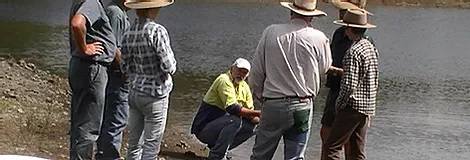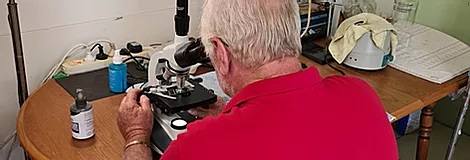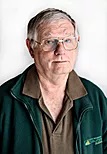About Green Earth Technology
Green Earth Technology is a wholistic end to end approach to regenerative farming/agriculture involving research, development, sales, application and monitoring.
It’s parent company Uenme Global Pty. Ltd. holds trade marks and patents for its’ product RC3 throughout Australia and New Zealand with others currently under consideration in partnership with Dr. David Tomlinson being the lead agricultural chemist.
History and today

Green Earth Technology was established in 2007, originally as Geo Leak Solutions, a part of the earthmoving industry providing a blend of polymers to produce dam sealers for specific leakages and also to be incorporated in the construction of new dams.
Agricultural blends of polymers were also produced thereby increasing water and fertilizer retention in soils. Work continued and after a further five years of research and trials into promoting health of trees, plants, pastures and crops the product RC3 was developed.
It was at this stage Dr. David Tomlinson was introduced and took an interest and our parent company was formed. RC3 is now a fully developed product widely used to promote soil and plant health as well as plant yields within various farming industries.
Safety-Toxicology-Chemical residues

All work and end products are based around organic chemistry with little or no toxicity.
With at least four major manufacturers in the world, there is an abundance of information on toxicology on chemicals unusual for a fungicide, all of which in general are toxic to all small biota, particularly in fresh water. There is no apparent problem with the reagent RC3. For the rat the LD50 (LD subscript small type 50), the amount necessary to kill 50% of rats is >1kg, so most likely the rat would die by drowning.
As with all chemicals used on food, they must be examined for any residues left behind which could be a health concern if ingested.
RC3, which is used as a foliar spray or post harvest dip to reduce insect predation and/or fruit discolouration can be used with confidence as residual levels of RC3 and break down products therefrom are at or below the level of detection, even with the best equipment available such as GLC (gas liquid chromatography) coupled with MS (mass spectrometry).
(Dr. David Tomlinson.)
Continued field research and laboratory testing are paramount and ongoing.
Dr. David Tomlinson

BSc(Hons1) in Agricultural Chemistry
PhD in Agricultural Chemistry
Completed and passed examination for course work in Agriculture
Academic teaching:
Botanical Anatomy
Plant and Cell Physiology
Plant Taxonomy
Plant Chemistry and Biochemistry
Current areas of specific interest:
Physics, Chemistry and Physical Chemistry of Zeolite
Microbiology of silage inoculates
Improved outcomes in remediation of soil and water
Successful treatment of blooms of Algae and Cyanobacteria without toxin release
Prevention and treatment of Toxicoses of poisonous plants eaten by ruminants
Paramagnetism in relation to improving performance in soils
Functionalities of BioChar and ZeoChars
Regenerative Agriculture and Animal Husbandry
Reducing effect of stressors on plant growth eg. insect predation
Affects of Chemical agents eg. RC3, K humate and K silicate that improve outcomes as above at the level of gene expression and regulation.
Early observations- effect on pathogenic fungi

Having determined that RC3 kills the four pathogenic fungi on contact, other samples of fungi and bacteria were sourced and trialled in-vitro, in the laboratory or in the field. In every case at 500/1 RC3 was instantly effective but only on these four fungi.
Other fungi and bacteria were not impacted even over longer time periods.
(Dr. David Tomlinson)
Sample of phytophthora found on a distressed tree, taken into our laboratory and treated with RC3. A video with amazing results on what RC3 does to pathogens . (Robert Alder)
